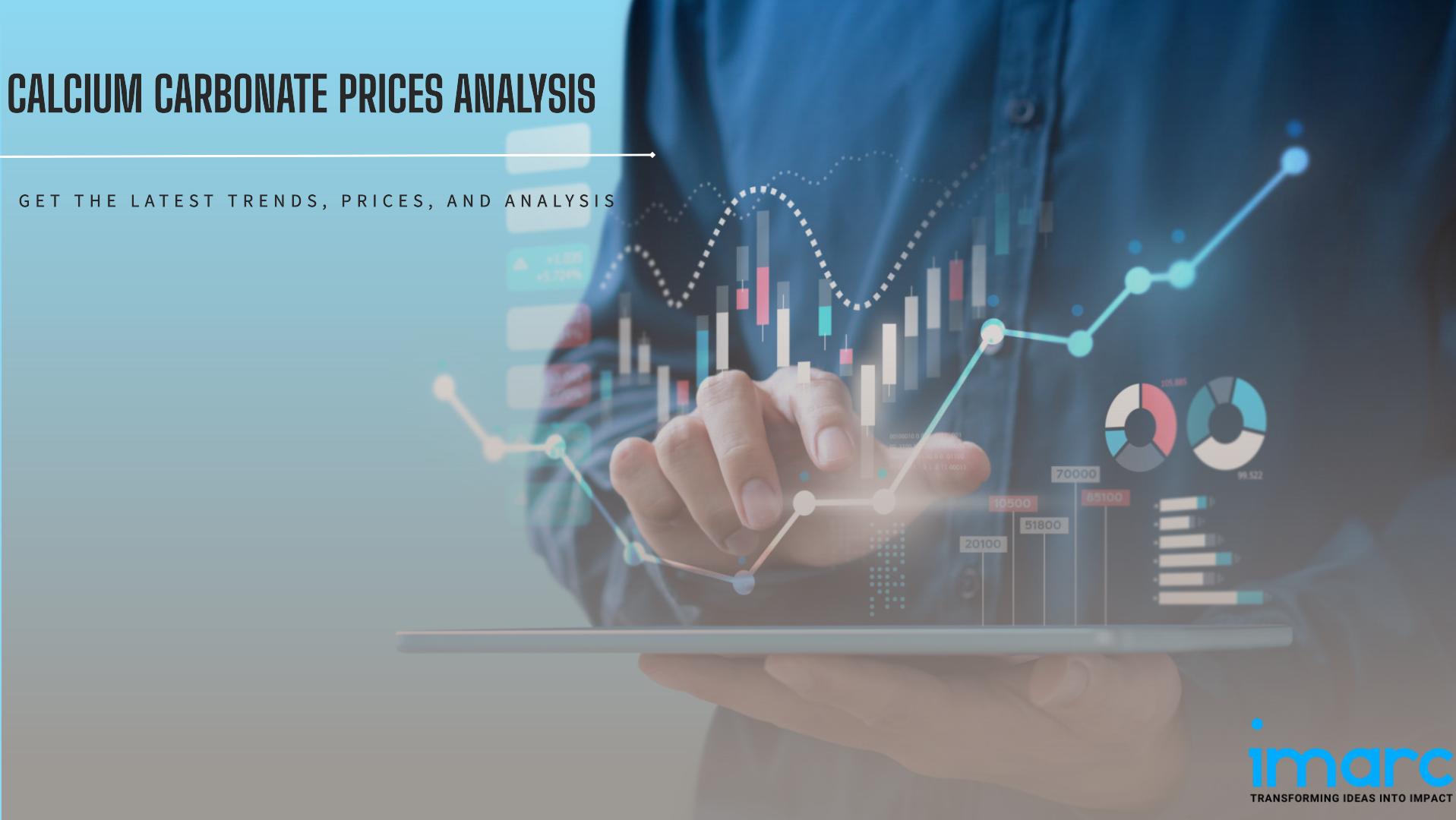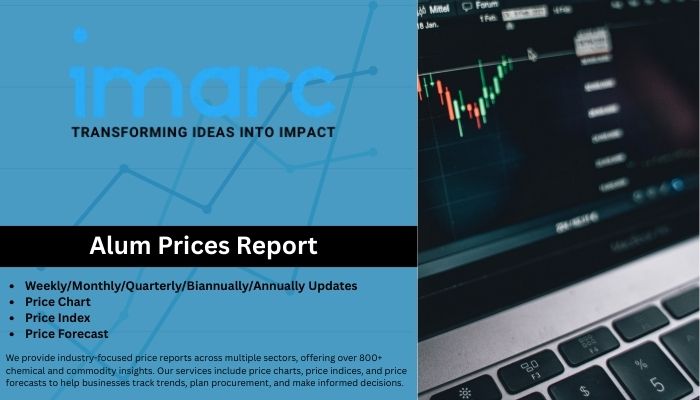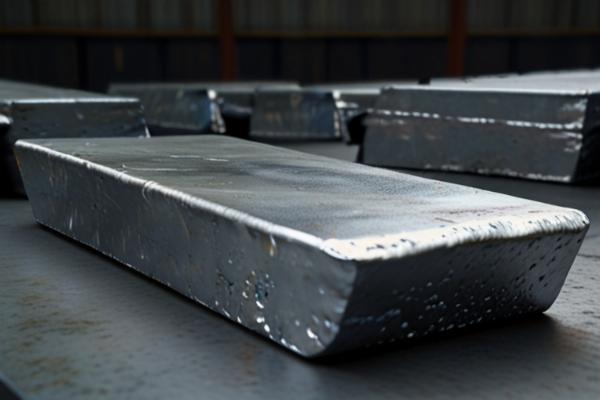Poly Vinyl Chloride (PVC) Price Report & Trend – IMARC Group

North America Poly Vinyl Chloride (PVC) Price Trend: Q1 2025 Breakdown
Poly Vinyl Chloride (PVC) Prices in the United States:
During the first quarter of 2025, the Poly Vinyl Chloride (PVC) Price Trend in the United States fell, with the price index reaching 685 USD/MT in March. This decline was largely driven by weak demand from the construction industry, limited opportunities for exports, and intensified competition among domestic manufacturers. Despite some early supply disruptions, ample inventories and cautious market behaviour further contributed to the downward pressure on PVC prices throughout the quarter.
Get the Real-Time Prices Analysis: https://www.imarcgroup.com/poly-vinyl-chloride-pricing-report/requestsample
Note: The analysis can be tailored to align with the customer's specific needs.
APAC Poly Vinyl Chloride (PVC) Price Trend: Q1 2025 Breakdown
Poly Vinyl Chloride (PVC) Prices in China:
In the first quarter of 2025, Poly Vinyl Chloride (PVC) prices in China experienced a noticeable decline, with the price trend falling to 711 USD/MT by March. This downward shift was mainly the result of high inventory levels, weak demand from the construction sector, and limited interest from overseas buyers. After a slow start to the year and only a brief period of restocking ahead of the Lunar New Year, the market continued to struggle with oversupply and muted infrastructure activity, keeping PVC prices under pressure throughout the quarter.
Regional Analysis: The price analysis can be extended to provide detailed Poly Vinyl Chloride (PVC) price information for the following list of countries.
China, India, Indonesia, Pakistan, Bangladesh, Japan, Philippines, Vietnam, Thailand, South Korea, Malaysia, Nepal, Taiwan, Sri Lanka, Hong Kong, Singapore, Australia, and New Zealand, among other Asian countries.
Europe Poly Vinyl Chloride (PVC) Price Trend: Q1 2025 Breakdown
Caustic Soda Prices in Germany:
In the first quarter of 2025, Poly Vinyl Chloride (PVC) prices in Germany showed signs of gradual recovery, climbing to 908 USD/MT by March. This upward trend was supported by better trading conditions and rising input costs. However, the pace of recovery remained moderate, as demand was mixed—while infrastructure projects helped boost prices, continued weakness in the housing sector prevented stronger momentum throughout the quarter.
Regional Analysis: The price analysis can be expanded to include detailed Poly Vinyl Chloride (PVC) price data for a wide range of European countries:
such as Germany, France, the United Kingdom, Italy, Spain, Russia, Turkey, the Netherlands, Poland, Sweden, Belgium, Austria, Ireland, Switzerland, Norway, Denmark, Romania, Finland, the Czech Republic, Portugal, and Greece, along with other European nations.
MEA Poly Vinyl Chloride (PVC) Price Trend: Q1 2025 Breakdown
Poly Vinyl Chloride (PVC) Prices in Saudi Arabia:
In the first quarter of 2025, Poly Vinyl Chloride (PVC) prices in Saudi Arabia rose, with the price index reaching 886 USD/MT in March. This upward movement was driven by strong demand from the construction sector, higher feedstock costs, and major infrastructure projects associated with Vision 2030. The most notable price increases took place in February, while March saw prices stabilize as balanced market fundamentals and reliable logistics helped maintain equilibrium.
Regional Analysis: The price analysis can be extended to provide detailed Poly Vinyl Chloride (PVC) price information for the following list of countries.
Saudi Arabia, UAE, Israel, Iran, South Africa, Nigeria, Oman, Kuwait, Qatar, Iraq, Egypt, Algeria, and Morocco, among other Middle Eastern and African countries.
Europe Poly Vinyl Chloride (PVC) Price Trend: Q1 2025 Breakdown
Caustic Soda Prices in Brazil:
In the first quarter of 2025, Poly Vinyl Chloride (PVC) prices in Brazil saw a moderate decline, with the price trend dropping to 507 USD/MT by March. This decrease was mainly due to sluggish demand from the construction sector, steady import volumes, and an abundant market supply. Lower shipping costs also played a role in easing PVC prices throughout the quarter.
Regional Analysis: The price analysis can be expanded to include detailed Poly Vinyl Chloride (PVC) price data for a wide range of European countries:
such as Germany, France, the United Kingdom, Italy, Spain, Russia, Turkey, the Netherlands, Poland, Sweden, Belgium, Austria, Ireland, Switzerland, Norway, Denmark, Romania, Finland, the Czech Republic, Portugal, and Greece, along with other European nations.
Key Factors Influencing Poly Vinyl Chloride (PVC) Prices, Trend, Index, and Forecast (2025)
PVC prices are influenced by a dynamic mix of feedstock costs, supply-demand balances, energy prices, and global trade.
Factors Affecting PVC Price Trend:
- Raw Material Costs (Feedstock): PVC is made from Ethylene (derived from crude oil or natural gas) and Chlorine.
- Crude Oil & Natural Gas Prices: Fluctuations in these energy commodities directly impact ethylene production costs, which flow down to PVC prices.
- Chlorine Production Costs: Energy-intensive chlor-alkali process means that electricity prices affect chlorine costs.
EDC & VCM Prices: Prices of intermediate chemicals like Ethylene Dichloride (EDC) and Vinyl Chloride Monomer (VCM) are key drivers.
Supply and Demand Dynamics:
- Construction Sector: This is the largest consumer of PVC (pipes, windows, flooring). Healthy construction activity boosts demand; slowdowns reduce it.
- Other Industries: Packaging, automotive, and consumer goods sectors also contribute to demand.
- Production Capacity: New plant startups increase supply, while plant outages (maintenance, technical issues) reduce it, impacting prices.
- Operating Rates: High utilization indicates strong demand or tight supply.
- Energy Costs: High electricity and fuel prices (for production and transportation) increase manufacturing costs, pushing PVC prices up.
Global Trade & Geopolitics:
- Import/Export Flows: Regional supply/demand imbalances are smoothed by international trade. Tariffs, trade disputes, and sanctions can disrupt these flows.
- Freight Rates: Shipping costs and logistics bottlenecks (e.g., port congestion) directly add to the landed cost of PVC.
- Currency Exchange Rates: Affect the competitiveness of internationally traded PVC.
- Geopolitical Events: Conflicts or instability in major producing or transit regions can disrupt supply chains.
Environmental Regulations & Sustainability: Stricter environmental policies can increase production costs due to compliance requirements. The growth of recycling and alternative materials can also influence long-term demand.
PVC Price Indexes:
Unlike widely traded commodities, PVC doesn't have a single global futures benchmark. Instead, prices are tracked through:
- Regional Spot & Contract Price Assessments: Market intelligence agencies (e.g., Argus, ICIS, Platts) publish weekly/monthly price assessments for various PVC grades in key regions (e.g., North America, Europe, Asia).
- Regional Futures Contracts: Exchanges like China's Dalian Commodity Exchange (DCE) offer PVC futures, serving as regional benchmarks.
PVC Price Forecast:
Forecasting is complex and relies on analysing:
- Economic Outlook: Global and regional GDP growth to predict construction and industrial demand.
- Energy Price Projections: Forecasts for crude oil, natural gas, and electricity.
- Supply-Side Analysis: Monitoring new production capacities, planned maintenance, and potential unplanned outages.
- Inventory Levels: Current stock levels indicate immediate supply availability.
- Geopolitical Risk: Assessing international events that could impact supply chains.
- End-Use Sector Trends: Specific outlooks for construction, automotive, etc.
- General Outlook: PVC prices are prone to volatility. A strong global economy and robust construction activity in key regions (like India, a major growth driver) tend to support prices. Conversely, economic slowdowns or significant new production capacity can lead to price softening. Long-term trends also consider the evolving role of sustainability and recycling.
FAQs about the Poly Vinyl Chloride (PVC) Price Trend & Forecast:
What is the current trend in Polyvinyl Chloride (PVC) prices?
PVC prices are currently showing a mixed trend across different regions. In Asia, prices have slightly declined due to weak demand from the construction sector and excess supply. Meanwhile, in North America and Europe, prices are relatively stable, supported by consistent demand in the automotive, medical, and packaging industries. Global prices remain sensitive to energy costs and raw material prices like ethylene.
How is the PVC price index determined?
The PVC price index is calculated using the average spot prices from key regional markets such as China, India, Europe, and the U.S. This index reflects real-time market activity, supply-demand balance, and raw material input costs. It helps businesses and analysts track pricing movements and make informed procurement or investment decisions.
What factors influence PVC price trends and fluctuations?
PVC prices are influenced by multiple factors, including the cost of raw materials (ethylene and chlorine), global demand from construction and industrial sectors, energy prices, and supply chain disruptions. Seasonal construction activity, especially in Asia and the Middle East, also plays a key role in demand changes and price shifts.
What is the forecast for PVC prices in 2025?
The outlook for PVC prices in 2025 suggests moderate growth, driven by recovering construction activity and infrastructure projects in emerging markets. Prices may also rise if raw material or energy costs increase. However, environmental regulations and competition from alternative materials could limit price surges. Analysts expect prices to range between $900–$1,100 per metric ton, depending on region and grade.
Where can I find updated PVC price charts and forecasts?
You can find reliable PVC price charts and market forecasts on platforms like ICIS, IMARCGroup. These sources offer regional pricing data, historical charts, market analysis, and expert forecasts based on real-time and predictive models used in the chemical and plastic industries.
Key Coverage:
- Market Analysis
- Market Breakup by Region
- Demand Supply Analysis by Type
- Demand Supply Analysis by Application
- Demand Supply Analysis of Raw Materials
- Price Analysis
- Spot Prices by Major Ports
- Price Breakup
- Price Trends by Region
- Factors Influencing Price Trends
- Market Drivers, Restraints, and Opportunities
- Competitive Landscape
- Recent Developments
- Global Event Analysis
How IMARC Pricing Database Can Help
The latest IMARC Group study, “Poly Vinyl Chloride (PVC) Prices, Trend, Chart, Demand, Market Analysis, News, Historical and Forecast Data 2025 Edition,” presents a detailed analysis of Poly Vinyl Chloride (PVC) price trend, offering key insights into global Poly Vinyl Chloride (PVC) market dynamics. This report includes comprehensive price charts, which trace historical data and highlight major shifts in the market.
The analysis delves into the factors driving these trends, including raw material costs, production fluctuations, and geopolitical influences. Moreover, the report examines Poly Vinyl Chloride (PVC) demand, illustrating how consumer behaviour and industrial needs affect overall market dynamics. By exploring the intricate relationship between supply and demand, the prices report uncovers critical factors influencing current and future prices.
About Us:
IMARC Group is a global management consulting firm that provides a comprehensive suite of services to support market entry and expansion efforts. The company offers detailed market assessments, feasibility studies, regulatory approvals and licensing support, and pricing analysis, including spot pricing and regional price trends. Its expertise spans demand-supply analysis alongside regional insights covering Asia-Pacific, Europe, North America, Latin America, the Middle East, and Africa. IMARC also specializes in competitive landscape evaluations, profiling key market players, and conducting research into market drivers, restraints, and opportunities. IMARC’s data-driven approach helps businesses navigate complex markets with precision and confidence.
Contact us:
IMARC Group
134 N 4th St., Brooklyn, NY 11249, USA
Email: [email protected]
Tel No: (D) +91 120 433 0800
United States: +1-631-791-1145
Note: IndiBlogHub features both user-submitted and editorial content. We do not verify third-party contributions. Read our Disclaimer and Privacy Policyfor details.







